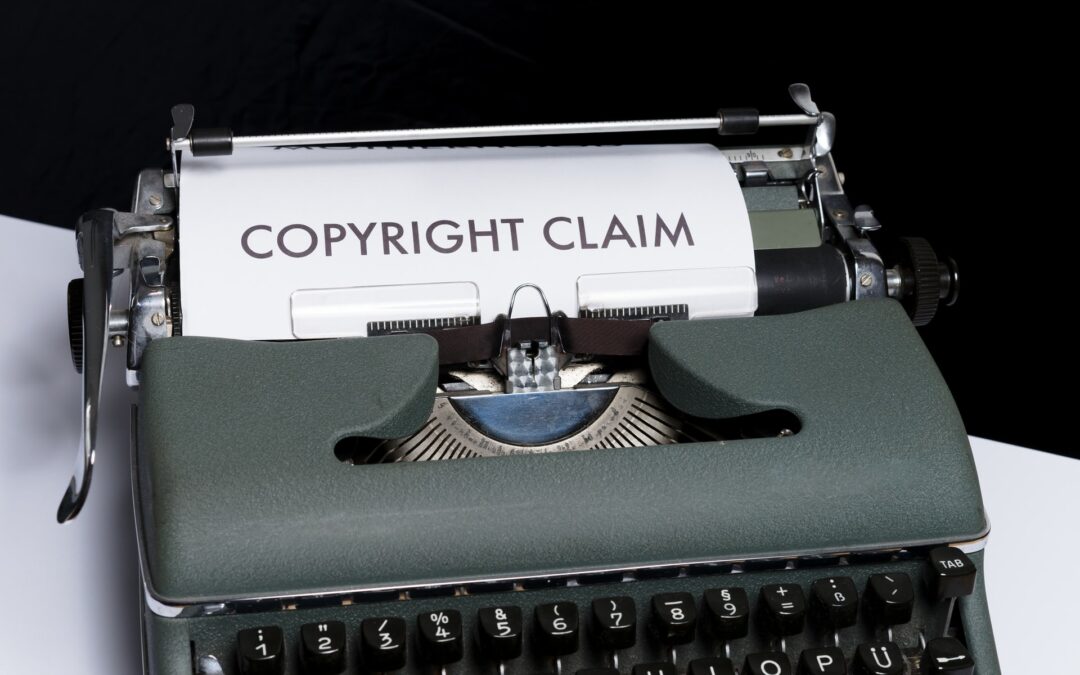
How To Copyright & Trademark A Logo
Written by Lawyer Monthly
Coming up with a logo is an involved process requiring various steps to complete. This is because a brand’s symbol must represent the company’s values, its philosophy and vision, and the niche it operates in. But imagine working hard on developing the logo, hiring designers, and even consulting semioticians to observe later that your brand’s DNA has been replicated. Not very pleasant, right? The feeling will be even worse if your logo hasn’t been protected, allowing others to copy the symbol you’ve worked diligently on without legal consequences. In this article, we’ll learn about copyright and trademark rights, define their advantages, and guide you through safeguarding your logo so that no one can steal it.
Copyright and trademark: What are they?
Copyright and trademark are terms people often confuse and use interchangeably, but the thing is, they differ and have different purposes.
Copyright protects a piece of germane work and labels it as your own. For example, if you create hand-made items and copyright them, your stuff will be protected by law
Trademark makes one company divergent from others in the market. In this case, vista create is a trademark that differs from other brands in the industry
These are very brief and straightforward meanings of copyright and trademark. The fields they extend to and touch upon are subject to change and can vary by location and multiple other elements.
Advantages of trademark and copyright registration
Both legal elements have unique features, and you can also register one without another. However, we encourage you to complete two registration procedures for a better effect (see below to learn more). Here, in turn, is the list of most substantial advantages your company and symbol will get upon registering the mentioned rights:
-Secure protection against similar logos
-Allow for resolving matters in the legal field with reimbursement
-Help increase recognition
-Get assistance from the International Trade Commission
-Prevent copycatting
-Steps to copyright a logo
Whether you wish to copyright or trademark your logo first is not essential. More importantly, ensure to complete both procedures and secure your symbol. Regarding the former, the following is a step-by-step guide to copyrighting a logo.
Register: The first thing you should do to copyright a logo is to register your request. In the US, this can be completed by filling out a special form on the United States Copyright Office web page. While you can also do it in paper form, keep in mind that opting for online registration will save you much more time (online – 8 months; offline – 13 months)
Fill out the request: Once the Office receives and reviews your request and sets the date, you need to visit the United States Copyright Office, get the eCO Form, and fill it out. You will also need to present the logo in the Office, so don’t forget to bring it
Provide the files and pay the fee: At last, you will need to submit your logo alongside the form and pay the fee. The cost may range, but it’s around $70
After you do that and pay the fee, wait on approval. Beware: You won’t deter unauthorized copying by copyrighting a logo to identify your brand (not a product). This brings us to another equally critical and legal component.
Steps to trademark a logo
Trademarking a logo is more labor-intensive because it requires several steps before completing an application. A trademark is a more delicate aspect that considers various logo elements like a color scheme. A slight resemblance with a symbol in the database may lead to an attorney refusing to grant you a trademark. Notwithstanding, here is what you need to do.
Ensure to research the existing marks: First and foremost, it’s crucial to check the trademark system to see whether or not anyone else uses the same silhouette. The Trademark Electronic Search System is the tool devised for such research. Even if you are a hundred per cent sure your logo is unique, it’s best to double-check the database.
File a request: After you complete the previous step, go to the Trademark Electronic Application System.
Choose the form and pay the fee: Be careful once in the system, as several options are available. You will need to choose the most relevant to your business. Learn which type, Regular, Reduced, or Plus is best suited for your business. The fee amount will vary depending on the form.
The trademark registration procedure can last for a while, with an expert concluding if your logo meets the requirements. To be up to date with the decision, visit the Trademark Status & Document Retrieval website to learn about the status.
I have copyrighted & trademarked the logo. What’s next?
There you go, now you can enforce your rights, congrats! However, remember that you must track whether no one infringes on your property individually. There are two methods to protect your logo: a cease and desist letter or a trademark infringement lawsuit. Qualified experts can monitor the market and deter attempts to use your brand symbol.
Bottom Line
Copyright and trademark are different but interrelated legal rights to protect your assets, including the logo. Should you contemplate registering one of them, we suggest catching two birds with one stone and completing both procedures. This way, you will rest assured that your intellectual property is under lock and key.
Shared from Lawyer-Monthly.com

